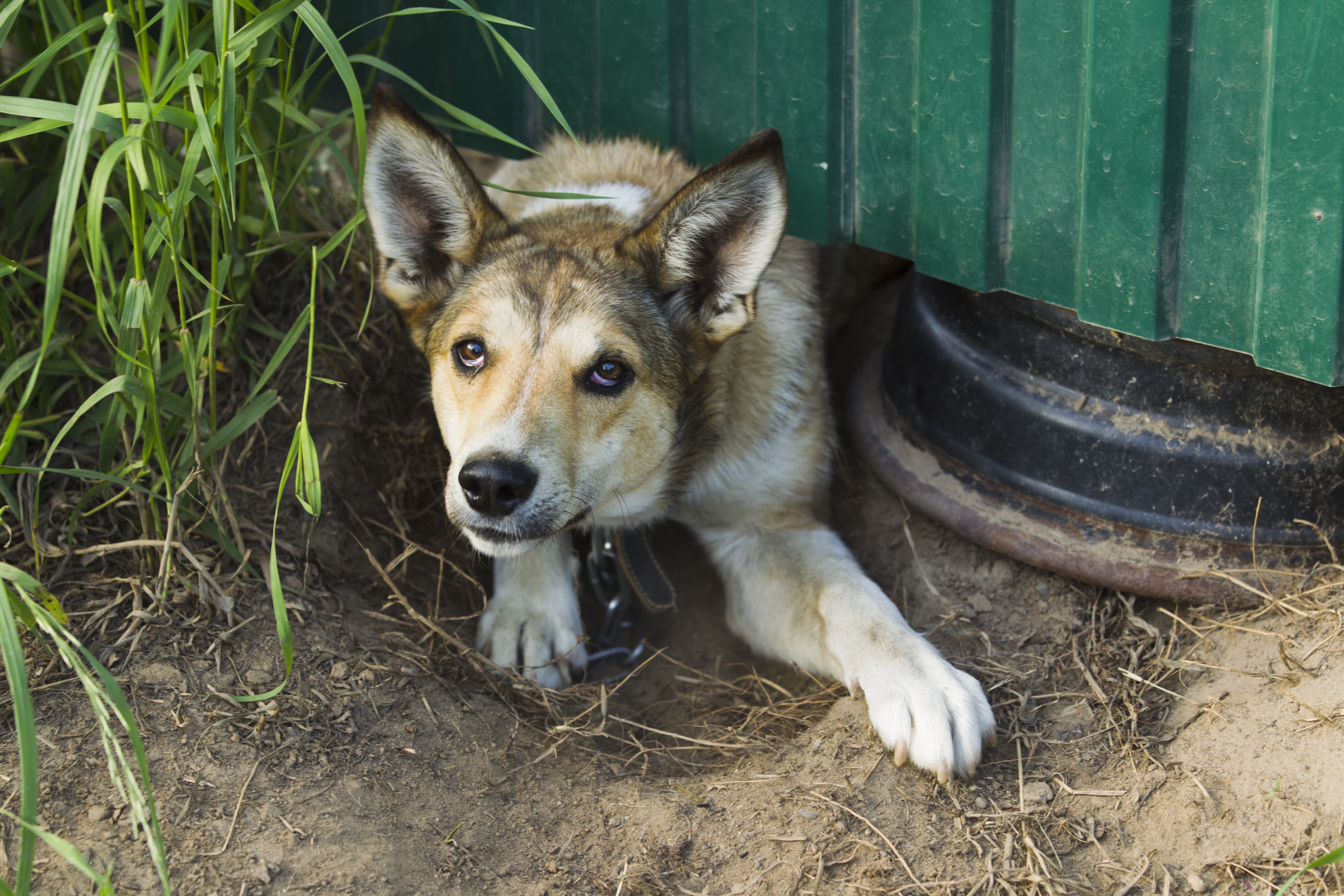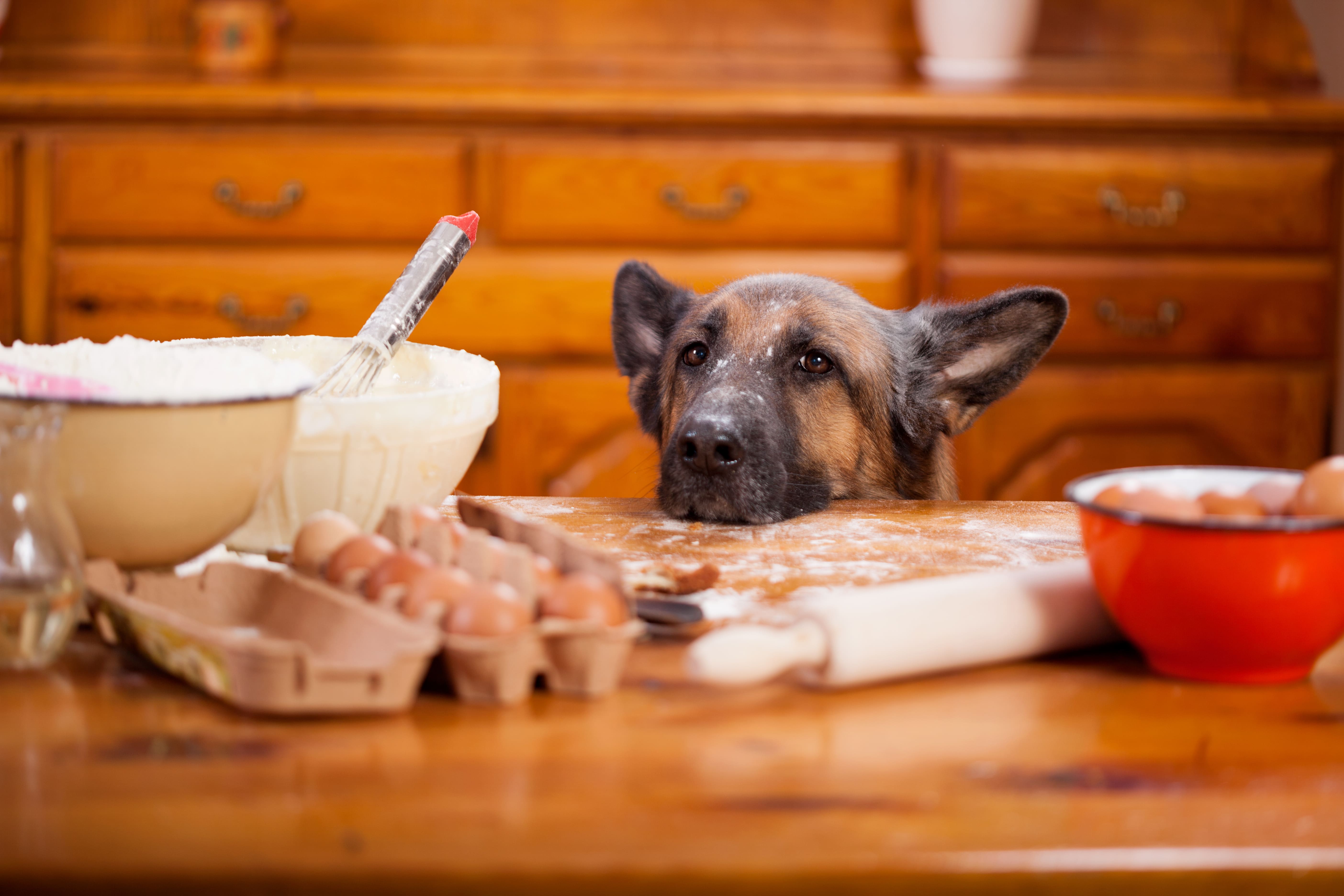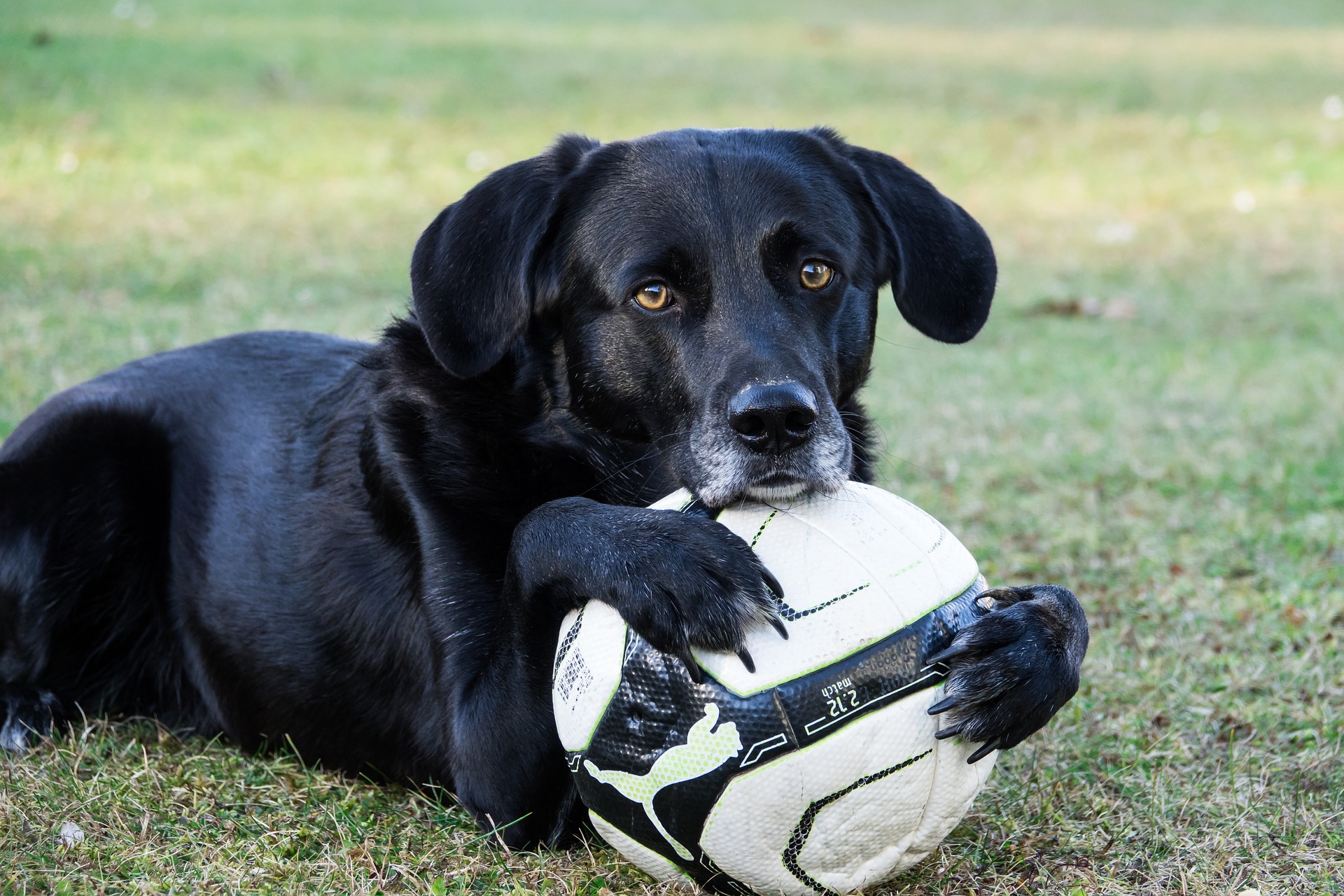A Fearful Dog? Train Your Dog to be a Confident Pet

Worried about having a fearful dog? Learn how to train your dog to be a confident pet.
Insecurity in our dogs can lead to many problems. Some forms of insecurity are innate, and some are learned based on experiences. Dog who are fearful are unsettled, and this fear can often lead to fear aggression.
Puppies can be inherently fearful. So it is our job, as owners, to teach them to be confident in a variety of situations. Older dogs, particularly those that are rescued, can show fear in different situations based on their history. The challenge is that we don't come to know of that history.
Whatever the reasons for the fear though, you can use these proven techniques to help build your dog’s confidence.
Tone of your voice as you train your dog:
Many puppies and dogs are fearful or timid in new situations. This is a totally natural behavior. But when it is dealt with correctly you can help your puppy gain confidence. One of the biggest mistakes I see people make with their dogs is what I call “justifying the fear”. Dogs read both our body language and the tone of our voice and react accordingly.
If your puppy hears you saying something like, “It’s ok. Don’t worry. Don’t be scared” in a fearful tone, your puppy will instinctively think that you are nervous. That makes them even more nervous! Instead, we always want to be confident in our tone when communicating. Instead of trying to reassure the dog in a concerning tone, sound confident and reassure them there is nothing to fear. By doing this they will realize that you are not concerned, so neither should not be either! Try saying confidently, “Good girl. That’s it. Good.”
Exposure to different situations
The more you expose your dog to, especially early on, the less likely it is they will be fearful or timid. If you have a puppy, it is important to take them into a variety of situations to teach them that there is nothing to fear. For example, busy streets, crowds, and parks are places that your puppy may feel nervous at first. Slowly introduce them to these things. Start with less busy areas and working your way up to bustling and noisy environments. Use the confident tone described above to help the puppy understand there is nothing to fear.
In an older dog, you can do the same thing. But you may find if they had a negative experience they will be even more hesitant. In every case though, you want to make sure to introduce these things to your dog slowly so as not to scare them more. Never force your dog to approach something or someone that makes them nervous. Instead slowly approach something only as close as your dog feels comfortable, and use treats and praise to encourage this. If your dog doesn’t want to go any closer, that’s fine. Bring the dog back to the same spot each day, and encourage them to approach a little closer each time.
Ignoring vs Reacting:
Some dogs are just unable to overcome their fears to the point where they feel comfortable approaching whatever it is. A good example of this is a dog that is fearful of other dogs.
I see fear aggressive dogs all the time, where the fear is so ingrained that they are just unable to be social with other dogs. My answer to this is always the same, it is fine for your dog to not like other dogs, but they need to learn to ignore them vs reacting badly out of fear.
Dogs look to their owners for confidence, so if your dog is afraid, we want them to literally turn to look at us and so that we can confidently reassure them that there is nothing to fear. In these extreme cases I teach a dog to ignore and instead turn to their owner to get through a situation.
A good example of this would be the dog that barks and backs up every time they see another dog approaching. Instead of allowing the fear to progress into aggression, I teach owners to use food to lure their dogs face to them and make eye contact with them as the other dog passes.
Once the dog has gone by, we treat and praise our own dog for not reacting. By doing this repeatedly, it teaches our dogs to look to us to gain confidence, and in turn they become more confident over time.
Focus on you:
Many dogs have fears and feel insecure in certain situations. The main goals are always to train your dog to focus on you when they are scared, and realize that your calm and confident behavior is also how they should react. Dogs are very perceptive animals, and if they sense any fear or insecurity in their owners, it only builds fear in them.
Calm and confident dogs are happier and more settled than insecure dogs, so always help your dog conquer their fears and gain confidence from you.





